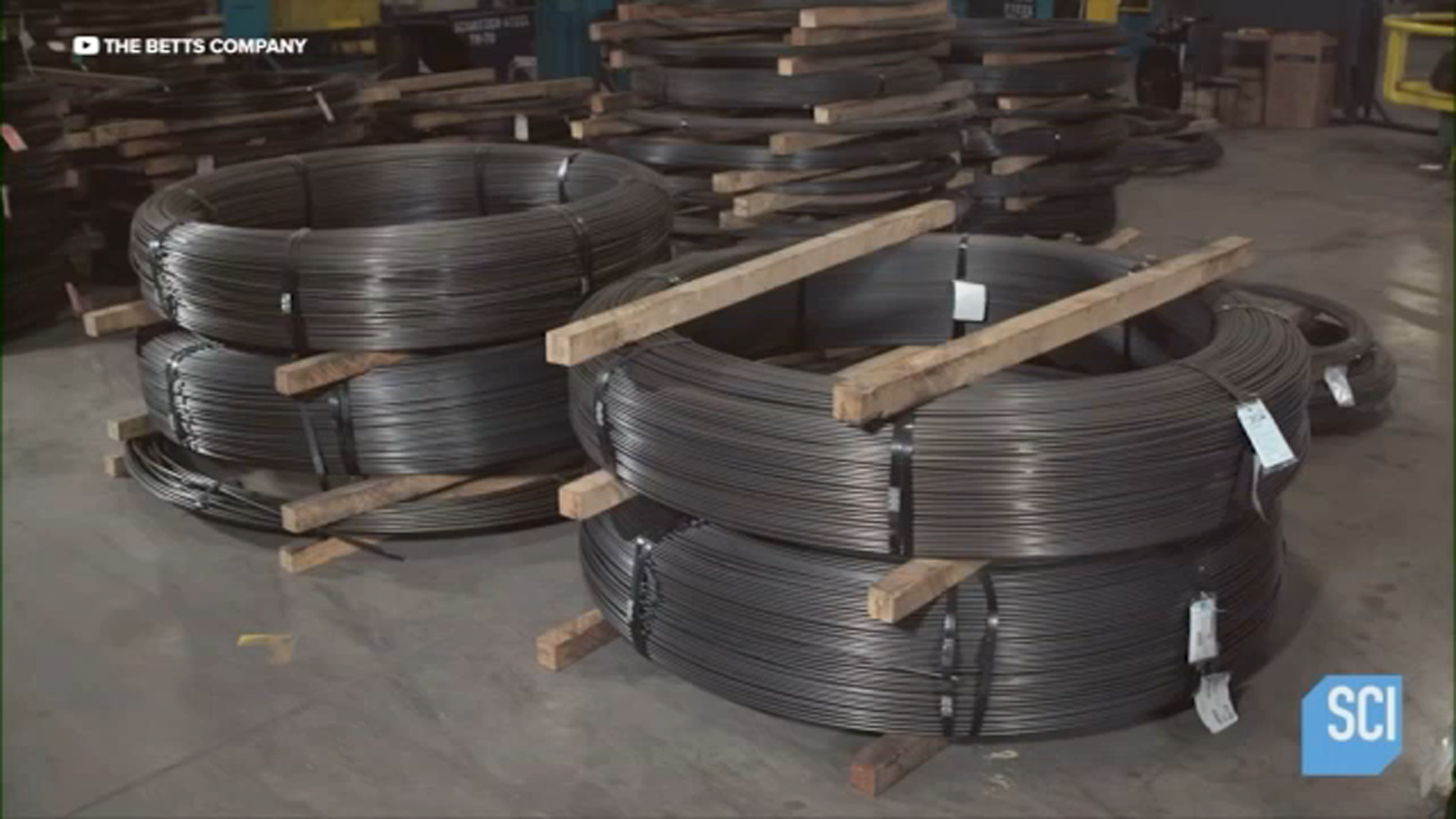Fresno hospital now offering patients' world's smallest pacemaker, giant improvement in cardiac care
Walking into the sterile, catheterization lab at Saint Agnes Medical Center in Northeast Fresno is like stepping into a war room in the battle against a potentially deadly heart condition with the best weapon now available.
The world's smallest pacemaker is now offered to patients in the Valley.
The device is about the size of a medicine capsule and because it is so much smaller than the traditional pacemaker, the risk of complications is drastically reduced and the procedure is much easier on the patient.
"There's no cutting involved, there's no prolonged recovery, you typically go home in 3 to 4 hours and you can do what you want," said Dr. Jagroop Basraon, Saint Agnes Electrophysiologist.
A pacemaker corrects atrial fibrillation, an irregular heartbeat that can lead to blood clots, stroke and heart failure-- but instead of invasive surgery for a traditional pacemaker to correct atrial fibrillation the Micra pacemaker is implanted in the heart with a catheter, through the femoral vein in the groin.
"Through that single IV, we literally float the pacemaker and have it touch your heart and once we have good contact and electrical measurements are good--we disconnect it from the tool," said Dr. Basaroan.
The Micra immediately starts working to get the heart back into a regular rhythm. The device is self-contained with no wires to attach to the heart. Instead, small tines on the end, grip the right ventricle to stay in place. Over time, scar tissue forms over the Micra and it actually becomes part of the body.
Winifred Mccoy of Fresno is the first patient at Saint Agnes to get the Micra pacemaker. The active 83-year-old first noticed a problem with her heart when she started to slow down.
"I was running out of breath, sweating, fatigue, and not able to do the things I wanted to do," said McCoy.
Micra is designed to last for 10 to 13 years and if a patient needs it, another one can be implanted. But by that time, the pacemaker will have improved again.
While the technology is revolutionary, plans to develop an even smaller device is in progress.
The pacemaker of the future could be so tiny--it might simply be injected into the body. Until then, patients across the Valley like Winifred can get the Micra in the morning and have a better quality of life by the afternoon.
"I feel great," said McCoy.






